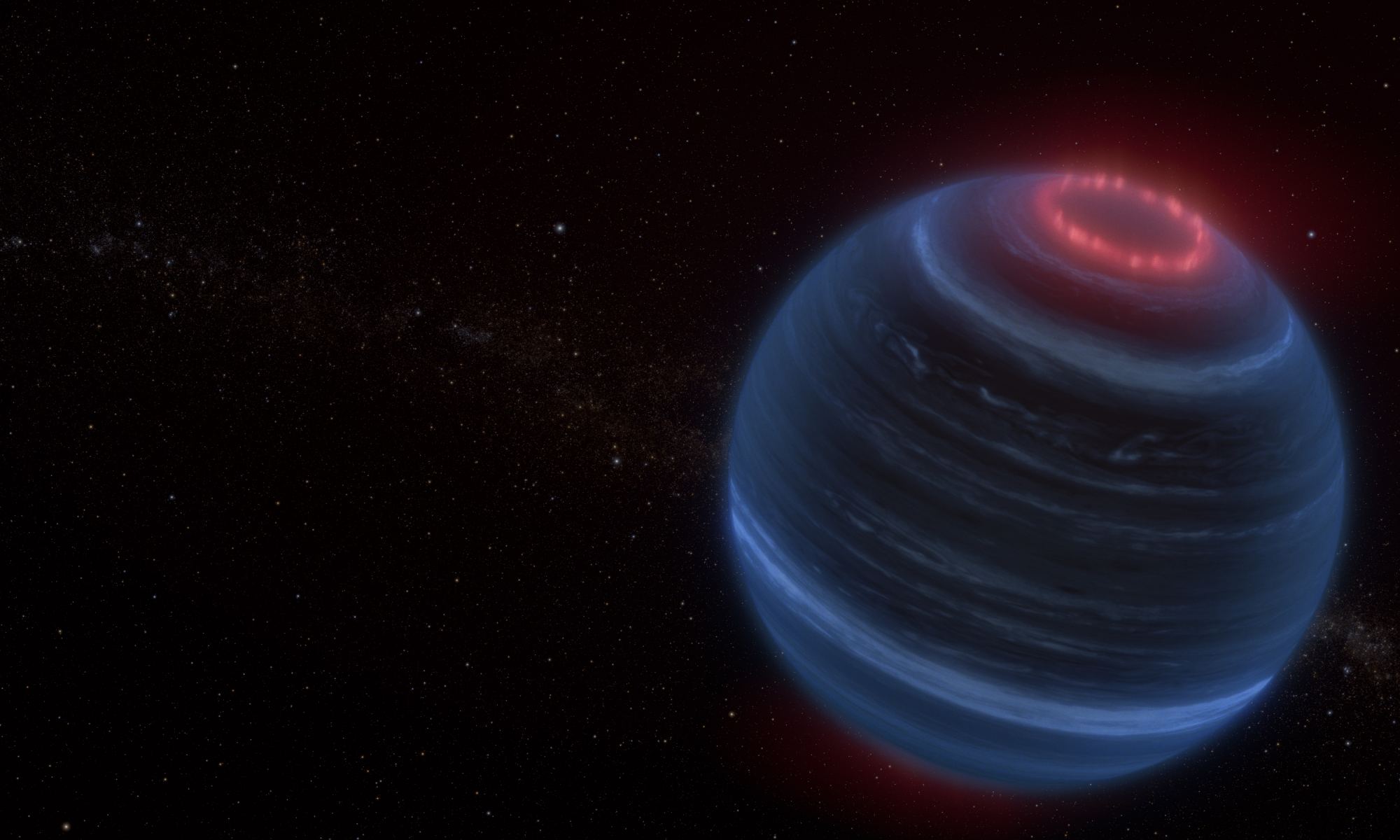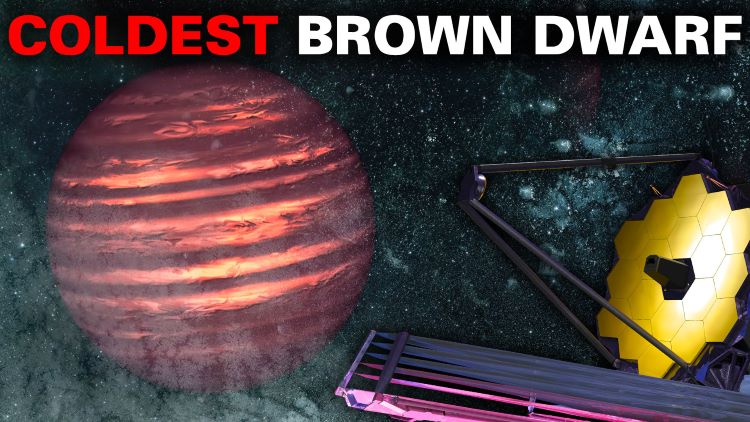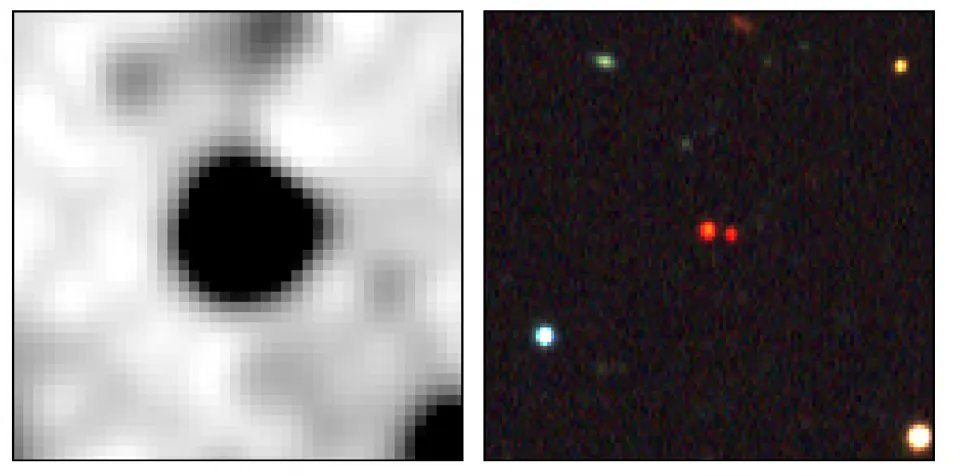Meet the brown dwarf: bigger than a planet, and smaller than a star. A category of its own, it’s one of the strangest objects in the universe.
Continue reading “What Makes Brown Dwarfs So Weird?”Studying Stars from the Lunar Surface with MoonLITE, Courtesy of NASA’s Commercial Lunar Payload Services

Optical interferometry has been a long-proven science method that involves using several separate telescopes to act as one big telescope, thus achieving more accurate data as opposed to each telescope working individually. However, the Earth’s chaotic atmosphere often makes achieving ground-based science difficult, but what if we could do it on the Moon? This is what a recent study presented at the SPIE Astronomical Telescopes + Instrumentation 2024 hopes to address as a team of researchers propose MoonLITE (Lunar InTerferometry Explorer) as part of the NASA Astrophysics Pioneers program. This also comes after this same team of researchers recently proposed the Big Fringe Telescope (BFT), which is a 2.2-kilometer interferometer telescope to be built on the Earth with the goal of observing bright stars.
Continue reading “Studying Stars from the Lunar Surface with MoonLITE, Courtesy of NASA’s Commercial Lunar Payload Services”Citizen Scientists Find a Star Escaping the Milky Way

Citizen science is such a great concept. Using the combined computing power of a gazillion (exaggeration) desktop and laptops to churn through data is an excellent and efficient way of analysing volumes of data. This has been shown yet again as a star has been identified to be hurtling out to intergalactic space! Most stars in the Milky Way are not travelling fast enough to be able to escape its immense gravity but the suspected brown dwarf is travelling at 1.5 million km/h, fast enough to escape.
Continue reading “Citizen Scientists Find a Star Escaping the Milky Way”Webb Maps the Weather on the Closest Brown Dwarfs to Earth

James Webb Space Telescope (JWST) has done it again. A team of astronomers have used it to map the weather on a pair of brown dwarf stars. Infrared light was analysed from the pair and its variation over time was measured. The team were able to generate a 3D picture of the weather and discovered gasses in the atmosphere like water vapour, methane and carbon dioxide. Swirling clouds of hot sand were also found with temperatures reaching as high as 950 C!
Continue reading “Webb Maps the Weather on the Closest Brown Dwarfs to Earth”Brrr. JWST Looks at the Coldest Brown Dwarf
What are the atmospheric compositions of cold brown dwarf stars? This is what a recent study published in The Astronomical Journal hopes to address as an international team of researchers used NASA’s James Webb Space Telescope (JWST) to investigate the coldest known brown dwarf star, WISE J085510.83?071442.5 (WISE 0855). This study holds the potential to help astronomers better understand the compositions of brown dwarf stars, which are also known as “failed stars” since while they form like other stars, they fail to reach the necessary mass to produce nuclear fusion. So, what was the motivation behind using JWST to examine the coldest known brown dwarf star?
Continue reading “Brrr. JWST Looks at the Coldest Brown Dwarf”A Solo Brown Dwarf Found With Auroras
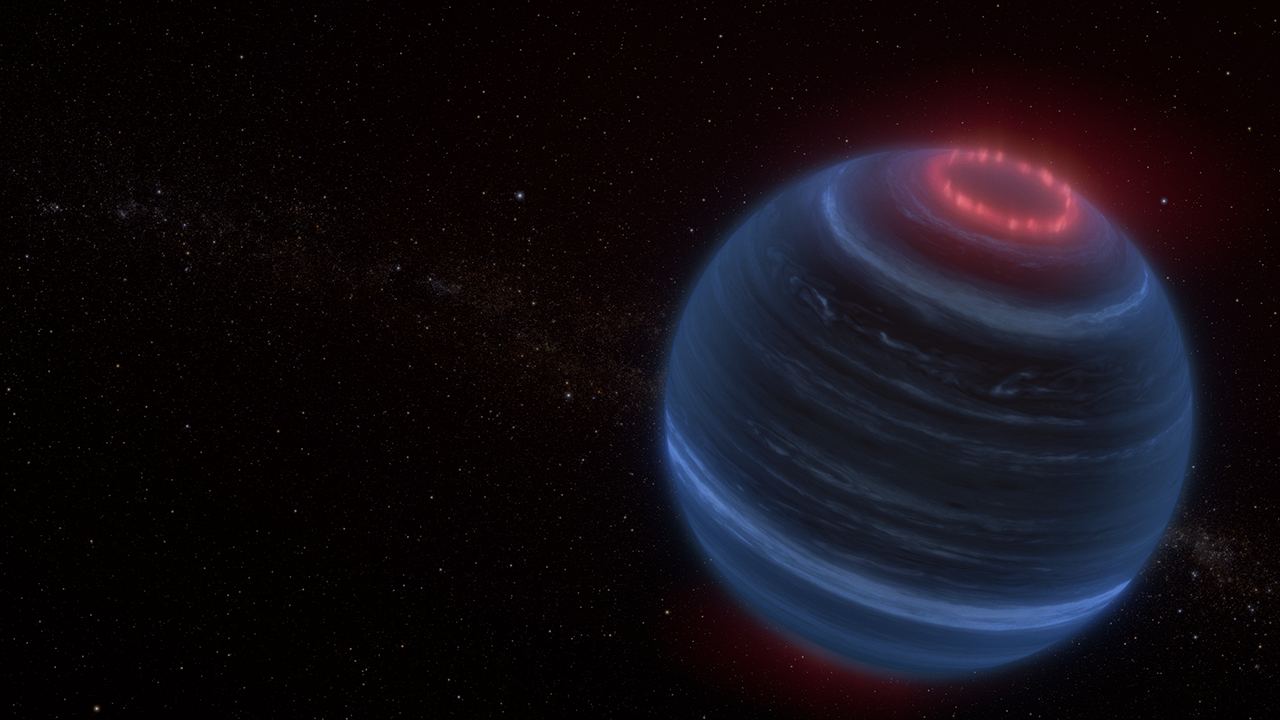
Astronomers have used JWST to find a brown dwarf with polar auroras like the Earth, or Jupiter. This is surprising because the brown dwarf, dubbed W1935, is a free-floating object, meaning it isn’t part of another star system. Therefore, there’s no solar wind available to generate any Northern Lights. Instead, the auroras are seemingly generated from methane emissions in the planet’s atmosphere, interacting with the interstellar plasma. Another theory is that it perhaps has an active but unseen moon contributing to the emissions.
Continue reading “A Solo Brown Dwarf Found With Auroras”JWST Accidentally Found 21 Brown Dwarfs
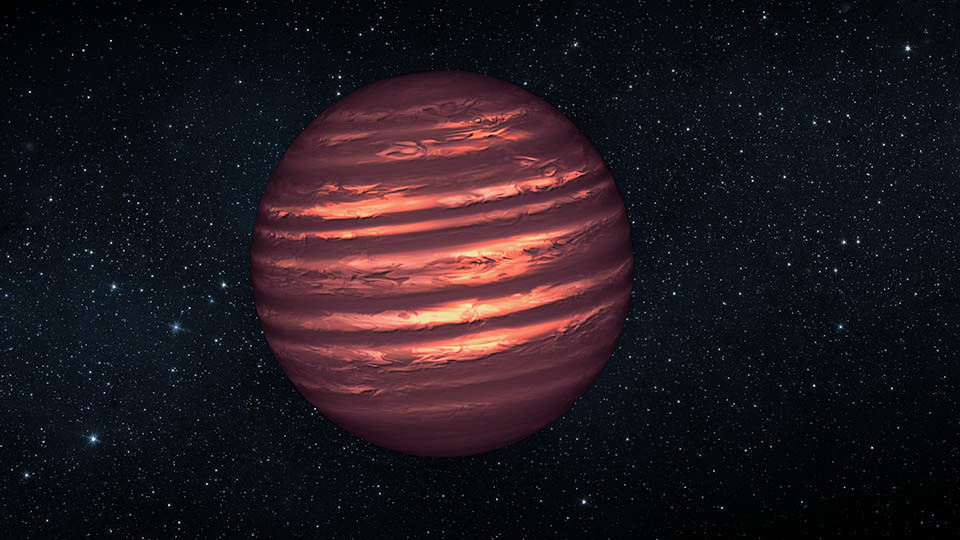
When you launch humanity’s most powerful telescope, you expect results. The JWST has delivered excellent results by detecting ancient galaxies, identifying chemicals in exoplanet atmospheres, and peering into star-forming regions with more detail and clarity than any other telescope.
But every time a new telescope is about to enter service, astronomers tell us they’re excited not only about the expected results but also about the surprising results. And like other telescopes, the JWST has also delivered some surprises. While going about its business, the JWST has discovered 21 brown dwarfs.
Continue reading “JWST Accidentally Found 21 Brown Dwarfs”Two Stars Orbiting Each Other So Closely They Could Fit Inside the Sun
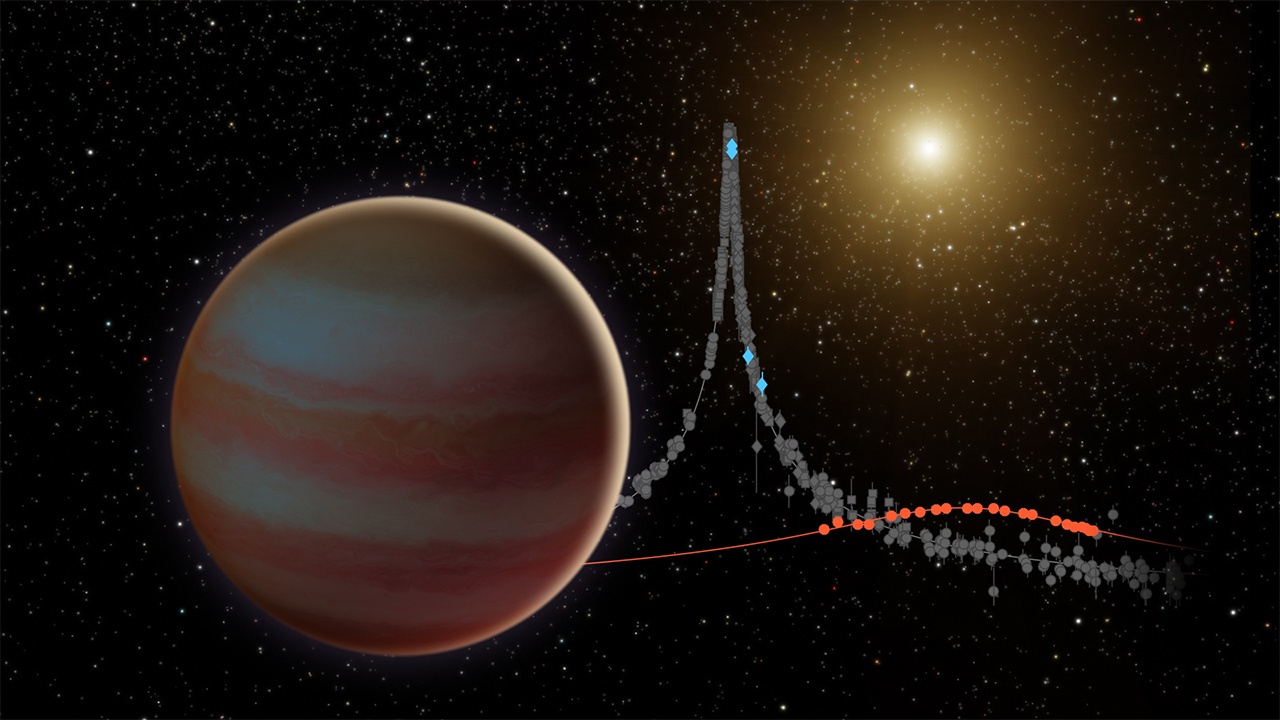
Astronomers have discovered a pair of star-like objects orbiting each other extremely quickly, with an entire ‘year’ lasting just 1.9 Earth hours. Catchily named ZTF J2020+5033, the system consists of one object which is definitely a small star, and another that straddles the boundary between star and planet. The two objects appear to be very old, and understanding how they came to be orbiting so close together is teaching astronomers more about how solar systems change and evolve.
Continue reading “Two Stars Orbiting Each Other So Closely They Could Fit Inside the Sun”Twin Brown Dwarfs Discovered, Orbiting one Another at Three Times the Distance From the Sun to Pluto
Gravity is a funny force. The gravity of every given object technically impacts every other given object, though, in practice, large distance and small masses make those forces negligible for such interactions. But in some cases, especially when large groups are floating in empty space, gravity can still hold sway over considerable distances. Such is the case with a new pair of brown dwarfs found by astronomers at the Keck Observatory.
Continue reading “Twin Brown Dwarfs Discovered, Orbiting one Another at Three Times the Distance From the Sun to Pluto”We Now Have a 3D Map of The 525 Closest Brown Dwarfs
Zooniverse brings out the best of the internet – it leverages the skills of average people to perform scientific feats that would be impossible otherwise. One of the tasks that a Zooniverse project called Backyard Worlds: Planet 9 has been working on has now resulted in a paper cataloguing 525 brown dwarfs, including 38 never before documented ones.
Continue reading “We Now Have a 3D Map of The 525 Closest Brown Dwarfs”
